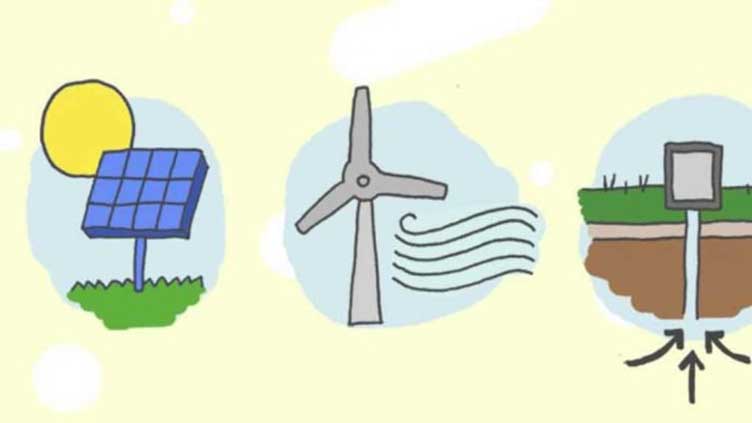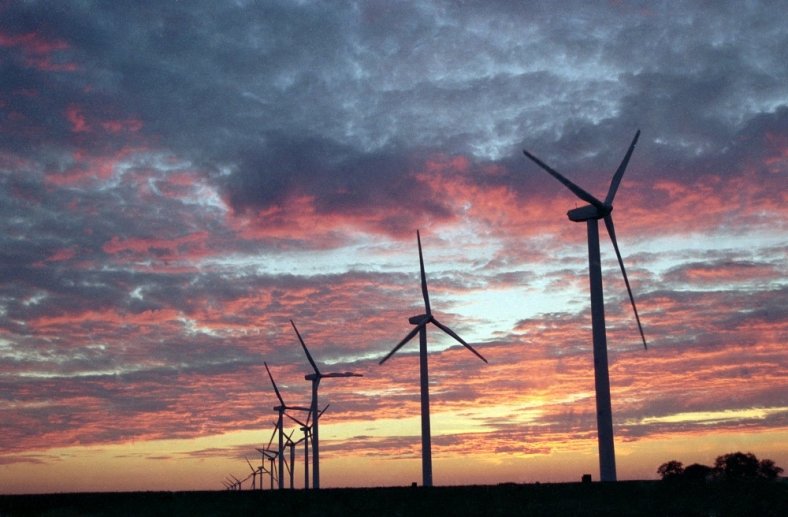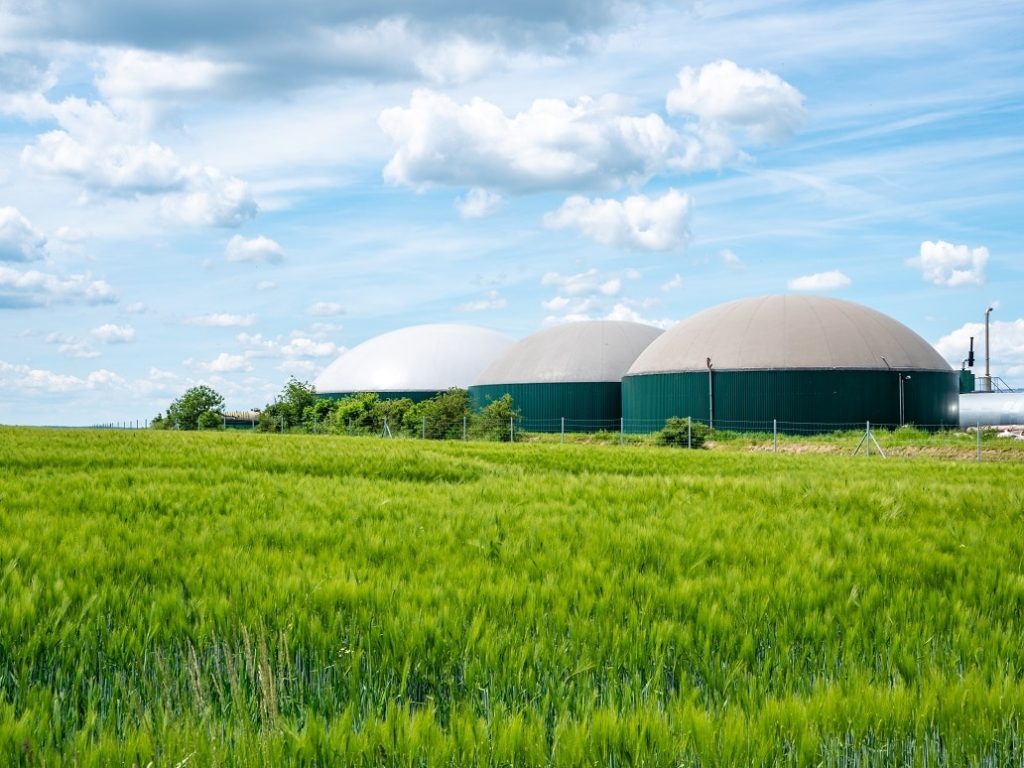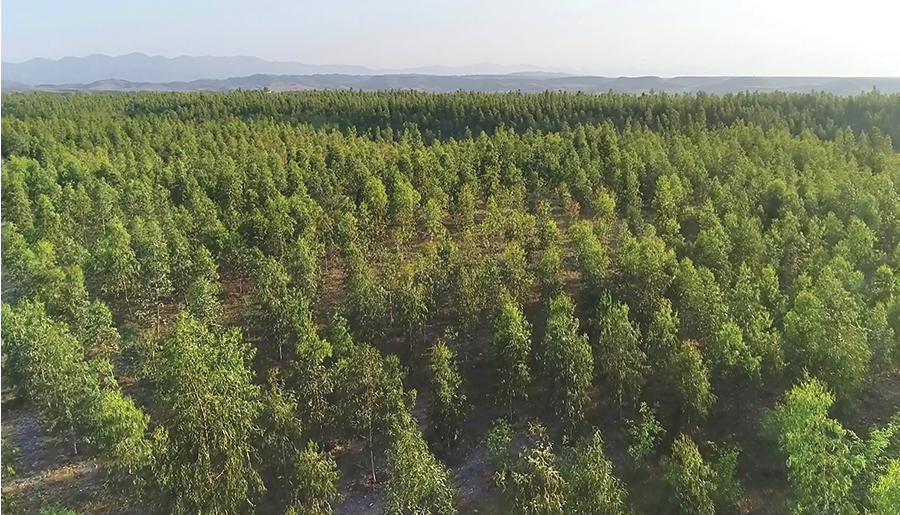Tapping potential of renewable, cleaner energy mix

Pakistan
Tapping potential of renewable, cleaner energy mix
ISLAMABAD, (APP) - Bestowed with ample natural bounties Pakistan is a country of 12 ecological zones hosting one of the world’s tallest and shortest points from North to South.
It holds immense potential to embrace eco-friendly energy sources that will guarantee a sustainable future and prosperity mitigating environmental degradation as well as meeting ever rising energy demand.
With population growing at around two percent, every passing year adds hundreds of thousands people to existing populace, energy needs of the country has become a major challenge. Therefore, the policy makers and the experts believe that adding alternate energy to present hydel and thermal power generation for meeting future energy needs.
Therefore, the country in its revised National Determined Contributions (NDCs), a climate action plan under the United Nations Framework Convention on Climate Change (UNFCCC) for highlighting measures to ensure implementation of Paris Agreement recommendations, has pledged to convert its 60% of the existing energy mix over renewable solutions like hydro, wind and solar by 2030.
Power-technology.com a network of 30+ proprietary B2B websites has stated quoting the United States statistics related to Pakistan energy mix that Pakistan’s energy mix comprised 64% fossil fuels, 27% hydropower and 9% other renewable and nuclear power.

Power-technology.com has an international audience of decision makers, combined readership of 55 million industry professionals each year and run by 800+ award-winning journalists, researchers, and analysts.
Jack Unwin, a senior expert on energy claimed that while Pakistan has strong potential for producing renewable energy it is still far behind much of the world in developing these sources. Over 50 million population of the country lacked suitable access to electricity.
Pakistan is producing around 37 million cubic feet (2018) of domestic natural gas out of which 43% is used in its power sector accounting for 40% of country’s energy needs.
Renewable energy has been slow to develop in Pakistan, and currently only accounts for 4% of the energy mix. Therefore, as per the NDC of Pakistan, it had announced to generate 30% of its energy capacity from renewable sources such as wind, solar and biomass by 2030.

The NDC pledge underlines that out of the total 60% conversion, the hydropower potential exploitation will be 30% of Pakistan’s energy mix as the International Hydropower Association records that Pakistan has potential to produce 60,000MW hydropower.
The power production in this sector, by the time, is unfortunately very low as compared the predicted capacity and generation prospects.
Additional Secretary Ministry of Climate Change (MoCC) Jodat Ayaz said that the county was emitting less than 500 million tones green house gases but it is reckoned among top ten countries vulnerable to climate change effects.
“We are at 132nd number on the Green Houae Gases emitting countries but are among the top ten countries threatened by adverse impacts of climate change,” Jodat Ayaz said.
He said the country had initiated Ten Billion Tree Tsunami Plantation initiative and Electric Vehicles (EV) policy and all these pledges are to be completed in eight years down the lane.

“Pakistan has 40,000 MW of wind energy potential at Gharo Sindh alone that can be too fruitful to meet energy needs of the country,” Jodat said. “Similarly, solar alone has the potential of contributing 30,000 MW but at present only two to three percent energy comes from these sources.”
He suggested a cross-sectoral ministerial engagement to frame policies for shifting to renewable energy solutions to diversify our energy mix as well meet domestic, industrial and commercial energy needs.
“A unit of energy generated from solar power dropped from 17 cents to 3-4 cents from 2014 and is dropping till now,” Jodat said and regretted that some experts still argue that coal is the only cheaper solution for energy. “I think this tendency should be revisited and explore a pragmatic approach towards switching over to renewable and alternate energy resources.”
Director Governance and Policy, World Wide Fund for Nature (WWF-Pakistan) Dr Imran Saqib said the diversification of the country’s existing energy mix is not a piece of cake rather it requires massive amount of capital.

Imran Saqib said the Japan International Cooperation Agency (JICA) in its report claimed that the country would require US$101 billion by 2030 and an additional US$67 billion by 2040 to embrace renewable energy sources.
“If this is done then it will be a great paradigm shift that could transform the entire energy sector with sustainable growth and development triggered through green energy,” he added.
Pakistan, he said has an ideal topography and landscape along with environment that supports wind and solar energy solutions. These resources can cumulatively generate bumper power as compared to hydropower which is considered the only remedy.
“Coal fired power plants are not the future solutions rather the country will have to phase out those power generating plants to reduce damage to ecology and control pollution and temperature rise,” he said.
In view of the prevailing situation of power generation as well as hours long load shedding, it is imperative that vast potential of renewable and alternate energy is explored on priority.

This effort would not meet the domestic needs of people but also help provide cheaper power to industry enabling it to better contest in international market and earn more foreign exchange for the country.


